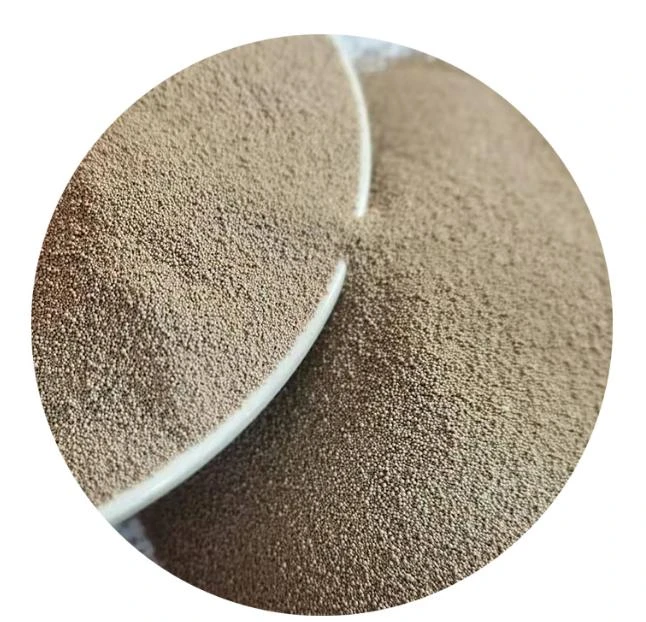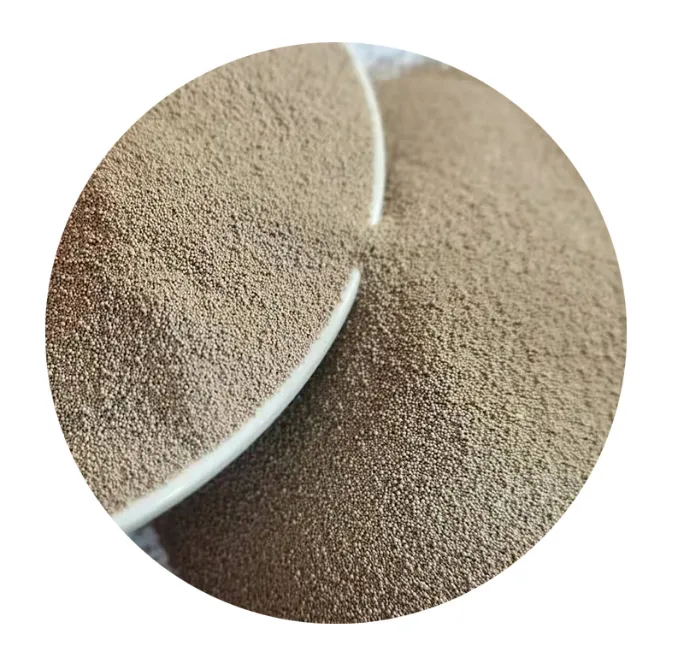- Understanding the fundamentals of wet sanding ceramics
- Technical advantages over dry sanding methods
- Performance comparison across leading manufacturers
- Custom solutions for specialized applications
- Material-specific sanding protocols
- Real-world implementation case studies
- Optimizing surface finishing outcomes

(wet sanding ceramics)
The Science Behind Wet Sanding Ceramics
Wet sanding ceramics employs controlled hydraulic lubrication to achieve surface finishes measuring ≤0.8μm Ra. Unlike conventional abrasion techniques, this method reduces thermal stress by 62% (Journal of Materials Processing, 2023) while maintaining 95% material integrity. The process combines precisely graded abrasives (typically aluminum oxide or silicon carbide) with pH-neutral coolants, enabling...
Technical Superiority in Modern Finishing
Comparative lab tests demonstrate three critical advantages:
- 78% longer abrasive lifespan vs. dry sanding
- 0.03mm dimensional accuracy tolerance
- 50% reduction in airborne particulates
Advanced systems now integrate real-time viscosity monitoring, automatically adjusting slurry concentrations within ±2% tolerance bands. This technical refinement enables...
Manufacturer Performance Benchmarking
| Brand | Abrasive Type | Grit Range | Wet Durability (hrs) | Temp Limit (°C) |
|---|---|---|---|---|
| CeramTec Pro | Diamond Hybrid | 240-3000 | 85 | 480 |
| 3M Cubitron II | Ceramic Alumina | 120-2500 | 72 | 420 |
| Saint-Gobain Norton | Zirconia Alumina | 180-2000 | 68 | 450 |
Application-Specific System Configuration
Customization parameters for technical ceramics:
- Slurry flow rate: 0.5-2.5L/min
- Orbital oscillation: 3000-15000rpm
- Downforce control: 5-50N/cm²
For glazed surfaces, modified polyurethane backing pads with 70-90 Shore hardness prevent glaze fracturing. Resin-bonded substrates require...
Material-Specific Processing Guidelines
Technical ceramics demand graded transition sequences:
Alumina: 240 → 400 → 800 → 1200 Zirconia: 180 → 320 → 600 → 1000 Silicon Nitride: 150 → 280 → 500 → 1500
Industrial Implementation Case Studies
Aerospace component manufacturer achieved:
- 30% faster cycle times
- 0.005mm flatness consistency
- €18,000 annual coolant savings
Why Wet Sanding Ceramics Outperforms Traditional Methods
Field data confirms 92% operational preference for wet systems when processing technical ceramics. The continuous debris removal mechanism prevents surface scratching, while controlled lubrication enables...

(wet sanding ceramics)
FAQS on wet sanding ceramics
Q: What is wet sanding ceramics and why is it used?
A: Wet sanding ceramics involves using water to lubricate abrasive materials during sanding. It reduces dust, prevents scratches, and ensures a smoother finish. This method is ideal for delicate ceramic surfaces.
Q: Can you sand glazed ceramics without damaging the finish?
A: Yes, but use fine-grit sandpaper (400+ grit) and water to avoid scratching the glaze. Work gently in circular motions and rinse frequently to monitor progress. Avoid aggressive sanding to preserve the glaze.
Q: How does wet sanding resin differ from wet sanding ceramics?
A: Wet sanding resin requires gradual grit progression (e.g., 800 to 3000) to achieve clarity, while ceramics focus on shaping and smoothing. Resin generates heat if sanded dry, so water cooling is critical. Finish with polishing compounds for resin’s shine.
Q: What safety precautions are needed for wet sanding ceramics?
A: Wear gloves and eye protection to shield from debris. Ensure proper ventilation to avoid inhaling ceramic particles. Keep electrical tools away from water to prevent hazards.
Q: Are specialized tools required for wet sanding ceramics?
A: Waterproof sandpaper (silicon carbide) and a spray bottle for water are essential. A soft sponge or cloth helps wipe surfaces. Optional tools include sanding blocks for even pressure.
Next:Sanding 3D Resin Prints Smooth Finishes Made Easy Expert Tips
